Loch Ness Contains No ‘Monster’ DNA Science Proves The Truth About “Nessie”
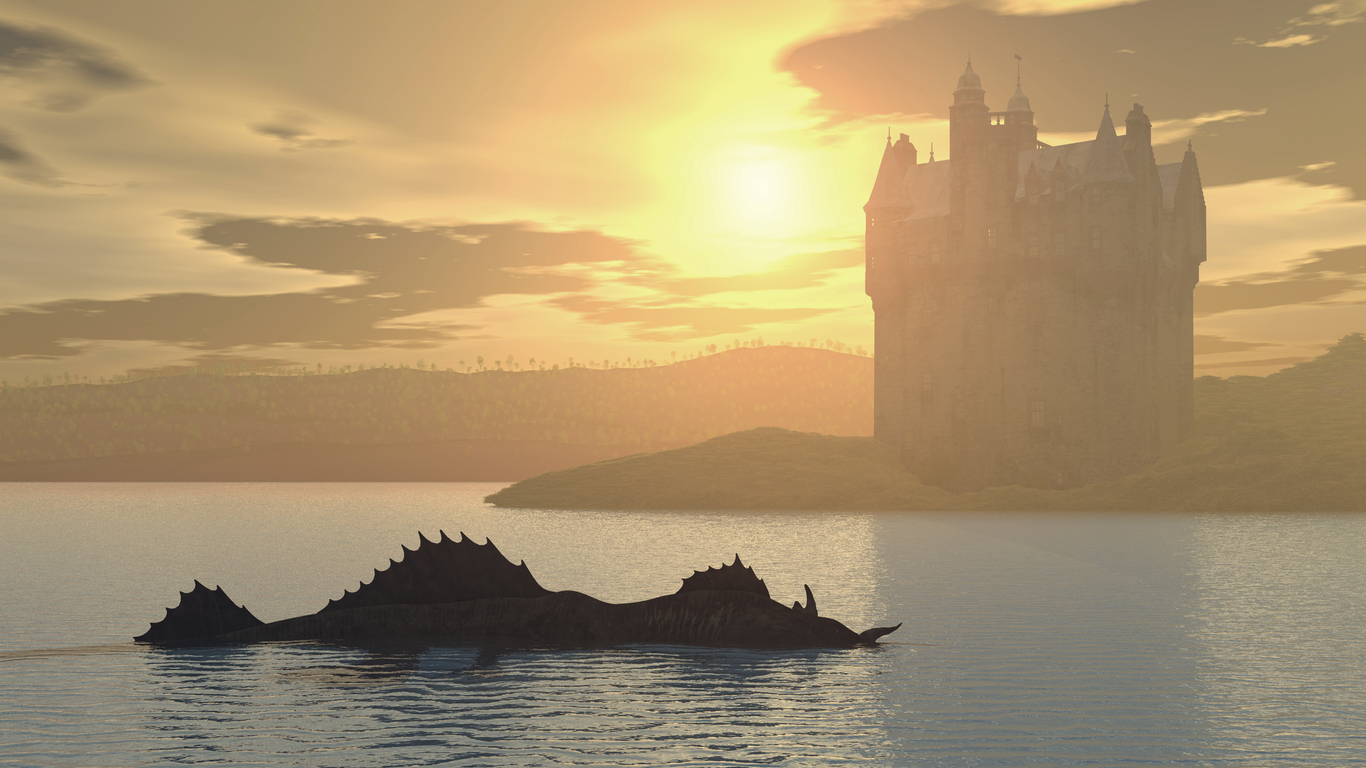
For centuries, folks in Scotland have woven a tale about the Loch Ness Monster. “Nessie,” as she came to be affectionately known, was said to swim around a deep lake in Scotland, terrifying and delighting locals and visitors alike.
Even when a photo of Nessie taken in 1934 was proven to be a scam, no one wanted to let the lore go; it was too much fun, and too good for the tourist trade.
Nessie was thought to be some kind of benevolent sea monster, sort of a cross between a huge lizard and an overgrown eel. Some even said she was a dinosaur, trapped in the lake by changing geographies centuries ago.
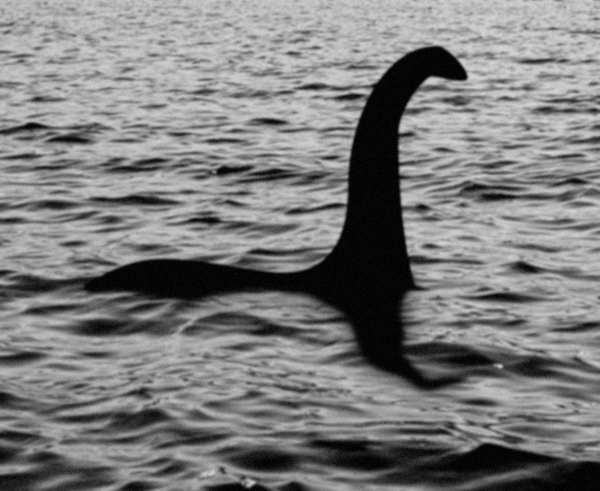
In 1933, a local newspaper, the Inverness Courier, said Nessie looked more like “two ducks fighting” than a dinosaur or lizard. Then, the following year, the photo taken by Dr. Kenneth Wilson was published, and Nessie had a true profile of sorts; she had a distinct serpentine shape.
However, even when the photograph was proven fake — it was essentially a toy submarine outfitted with a serpent’s body, and crafted to stay afloat long enough for the pictures to be taken — folks still told her tale.
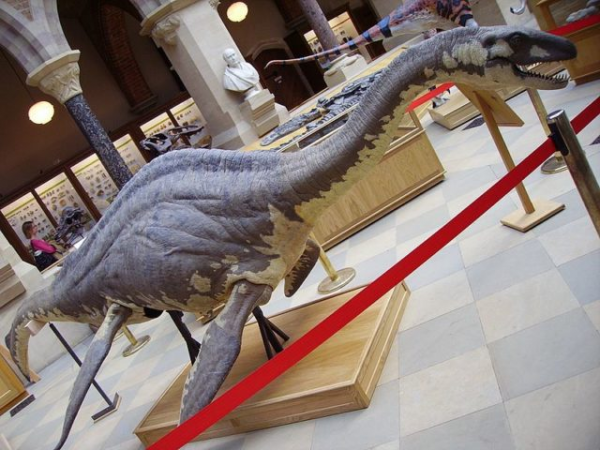
Over the ensuing decades, scientists, researchers and marine biologists have worked to disprove Nessie’s existence, because belief in her persists not just in Scotland, but around the world. People continue to report sightings of Nessie, which of course fuel the stories.
So in June, 2018, a team from New Zealand’s University of Otago went to Loch Ness to prove, one way or another, whether Nessie still exists, or if she ever did.
They examined the water, the nearby wildlife species, and even used sonar to search for her. Then they put water samples under the microscope to look for “monster DNA,” said team leader Neil Gemmell.
They found nothing. Curiously, there had been two reported sightings of Nessie at Urquhart Castle only days before the team’s arrival, so they were hopeful that Nessie might still be in the neighbourhood. Alas, no.
Gemmell said in September that, “you would like to think that if there is something there, that we might have nabbed it.” Unfortunately, they found no trace of Nessie, but they did find plenty of evidence that eels exist in the lake.
Gemmell and his associates said that if people were genuinely seeing something off in the distance in the lake, it was possibly an eel.
“We did not find any giant reptiles; we didn’t find any reptiles at all,” Gemmell confirmed. He added that it’s possible folks have seen overgrown eels; improbable, but possible. Gemmell is reluctant to say anything is 100 percent out of the realm of possibility, because time and again science proves us wrong.
Linking his study of the lake to Nessie’s lore was a stroke of marketing and publicity genius. Because of that, Gemmell has developed a wide audience for his findings.
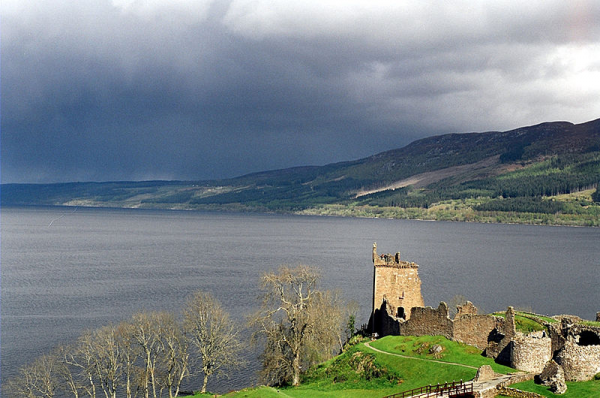
He said, “We have the monster as the bait on the very big science hook. As soon as we talked about doing it in Loch Ness, we had a platform on which to communicate our science in a way that we never have been able to communicate it before.”
And while he acknowledged that Nessie is more fiction than fact, he also confessed to feeling a bit charmed by her tale.
“Right from the get go, I said I don’t believe in the monster — and that is still my position. But wouldn’t it be amazing if I was wrong?”
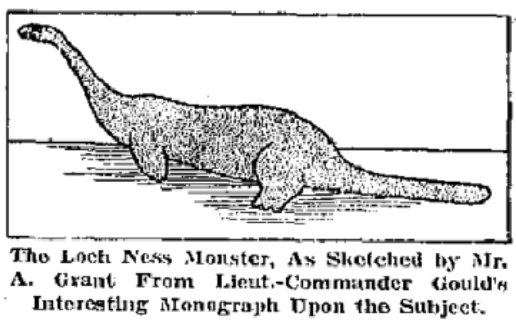
The lure of Nessie is just too strong, and she will no doubt continue to fascinate scientists and visitors alike for decades to come. We all need stories of epic survival to reassure us, and that surely describes Nessie’s.
Another Article From Us: Seagulls Regurgitated Thousands of Rubber Bands on an Uninhabited Cornish Island
As soon as one scientist insists she is fabricated, a visitor swears to have seen her. That is the nature — and joy — of those who survive against all reason and odds.
